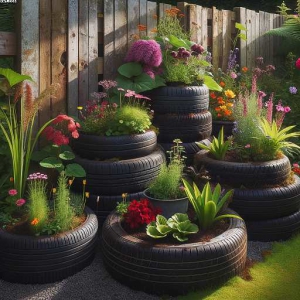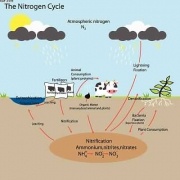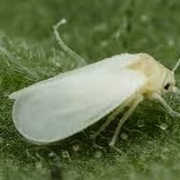Hydroponics-Six Important Nutrients-Nitrogen
Hydroponics-Six Important Nutrients-Nitrogen
Hydroponics-Six Important Nutrients-Nitrogen
So also known as “nitrate” because this is the form of Nitrogen that your precious plants use. Of course Nitrogen is responsible for the strong growth of the plants leaves. Importantly, it is also the reason that the leaves are green coloured. This green colouring helps with the process of Chlorophyll production.
Of course there are thousands of different types of fertilizer products to choose from! However there are two basic types of nitrogen fertilizers that we use in horticulture.
1-Is a quick release product (Urea)
2- Is a slow release product (methylene Urea)
A great example of this is the quick release fertilizer used by turf growers for the making of lawns. Green lawns make a good looking lawn and the growers will use a quick release product. Naturally the fast release range of fertilizers will make the availability of nitrogen instant!
However the addition of this quick release fertilizer is only short lived. This product can easily be washed away in a heavy rainy period. On the other hand it can also burn the lawn turf if used in unregulated amounts. This is my problem, I always throw in that extra handful on to my lawn. It pays to give the recommended dose of granules and don’t overdo things. of course, I am now talking gardening in general! Hydroponics have a very set of rules governing the amounts of nutrients to be used.
So, too much a dose can make your grass grow too quick and leggy. Of course for safety it may be best to use a slow release product. This will ensure the best take up rate for your plants. Also by using the slow release then the danger of burning and speedy growth will be slower and less dramatic. So, giving a better growth experience for your plants or lawn. So this now leads me to the second of our three important nutrients phosphate.
Of course this is also very important in hydroponics growing systems.
.




